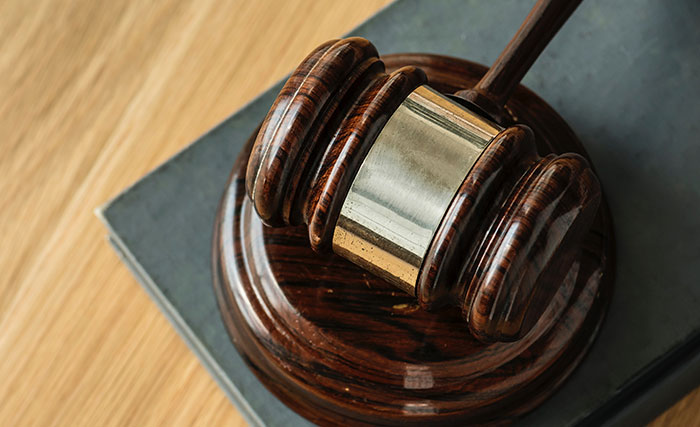How to Subpoena Documents: Examples & Process
Jan 6 2019 | posted by LORR Team

A subpoena is a type of legal request that requires the recipient to either appear before court and deliver oral testimony or produce documents or tangible evidence key to the case.
To subpoena testimony, a court would issue a subpoena ad testificandum. To subpoena documents, it would require a subpoena tuces decum.
Translated from Latin, “subpoena” literally means “under penalty” and comes with fines, jail time, and other penalties should the recipient fail to comply with the order.
How to Subpoena Documents
Whether they’re medical records, contracts, deeds, or accounting statements, documents are often the key pieces of evidence in a legal claim. But gathering those documents? That’s often harder than it should be.
Unless the parties holding the documents are willing to hand them over, no questions asked, you’ll have to use a subpoena to gather the evidence you’re seeking.
Do you need to subpoena documents for a case you’re handling or are involved in? Here’s how the process works:
- Complete a subpoena form, and attach an affidavit explaining why you need the documents and how they pertain to your case.
- Give copies of the subpoena form and affidavit to the court clerk, who will then authorize and issue the subpoena.
- Have the subpoena served to the party in question.
- Once the subpoena has been served, your server should complete the Proof of Service form on the back of the subpoena and return it to the court clerk.
Keep in mind that subpoena rules and processes vary from state to state, so the method for subpoenaing documents may be slightly different in your region. Make sure you talk to the court clerk and fully understand your local subpoena processes before moving forward.
Pro Tips & Examples
Make sure your subpoena is directed at the person in charge of the documents you’re seeking, such as the records custodian, the department director, or the person in charge of the books/accounting.
Subpoenaing the wrong party is a common occurrence and often means you won’t get the documents you need in a timely fashion.
To better understand the importance of this, let’s look at a few real-world examples:
- Example 1: You’re suing for medical malpractice. You want to show your before and after X-rays from a recent surgery to prove the doctor did more harm than good, but the hospital is not being forthcoming with the films or medical records.To get the evidence you need, you would issue a subpoena duces tecum to the records custodian at the hospital where your surgery was performed, not to your surgeon directly or the hospital at large.
- Example 2: You’re being sued for unpaid rent. You know you paid the rent, but your landlord is claiming you didn’t — and that you owe him thousands of dollars in back-rent.You know he uses a property management company to manage his books and properties, so you issue a subpoena duces tecum to them, requesting accounting records and bank statements showing your rent paid for each month in question.
As you can see, it’s not always someone directly involved (or even slightly involved) in a case that gets subpoenaed. Generally, you want to be as specific as possible when subpoenaing documents and make sure to name the person as close to the source of the documents as possible.
Get Help With Your Subpoenas
Need to subpoena documents or testimony for one of your upcoming cases? Contact LORR today. Our citation and subpoena experts have decades of experience and are well versed in tracking down hard-to-find witnesses, as well as working with difficult records custodians. Get in touch for assistance.








